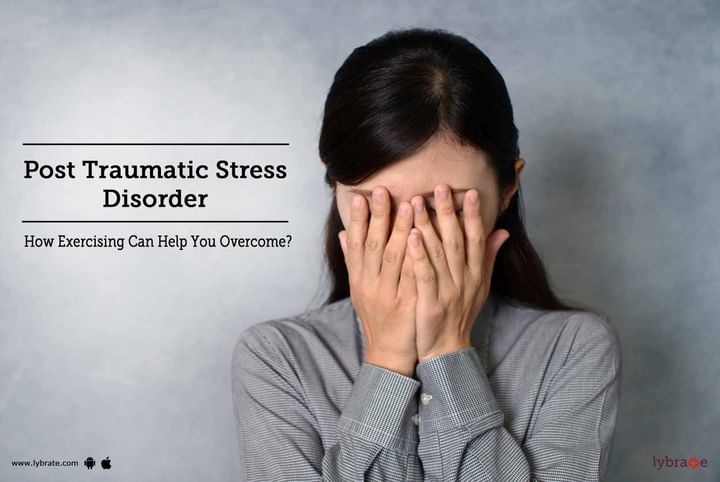Post Traumatic Stress Disorder - How Exercising Can Help You Overcome?
Being a victim or witnessing a horrific accident or personal assault can leave you shocked and scarred. Sometimes, these conditions last for months and years with memories of the traumatic incident triggering intense emotional and physical responses. This is known as post traumatic stress disorder or PTSD. It is a fairly common anxiety syndrome and can be treated in a number of ways including drugs, exercise and psychotherapy. However, this treatment aims only to control the disorder and there is no known cure for PTSD as yet.
Exercise not only keeps the body fit, but also helps the body release endorphins. Endorphins help fight stress, fear and pain. Thus, exercising helps focus on the body and its movements instead of your fears. It can also help elevate the mood of a person. Low to moderate intensity exercising is ideal for a PTSD patient. Aerobics, pilates, yoga or martial arts like tai chi are known to be effective ways of reducing stress and anxiety in PTSD patients. Breathing exercises like pranayama can also help calm and relax the mind.
Exercise for a PTSD patient should be planned in repetitive sets. This enables the person to slowly master the type of exercise being done and regain control and confidence in himself. It also needs to be predictable so as to avoid triggering a PTSD emotional or physical response. Non competitive exercises are better than competitive exercises as it does not create an opportunity for the person to feel stressed. Exercising and practicing breathing techniques can also help a person analyze himself and his response to stressful situations. By understanding their reactions, a person can slowly bring about changes to handle stress in a better way.
For a PTSD patient, exercise should not be seen as a group activity but as an individual effort to increase self control. Patience is key here both for the patient and the therapist. It is also necessary for the person to have realistic goals from his exercise regimen. An exercise program for PTSD patients also needs to be flexible. In order to meet the needs of a patient, it may need to be changed in accordance to the medication he is under. Small incidents like having a flat tire when cycling can trigger anxiety in a person suffering from PTSD. However, if dealt with correctly, it can bolster confidence in the long run.
Lastly, exercising also helps improve self-image and build confidence which helps a PTSD patient break out of his protective shell and socialize with others. If you wish to discuss about any specific problem, you can consult a psychiatrist.



+1.svg)
